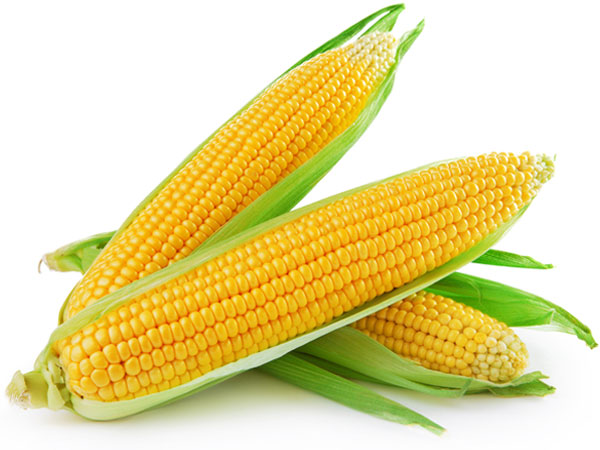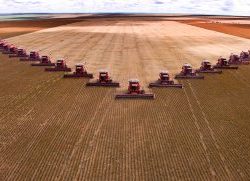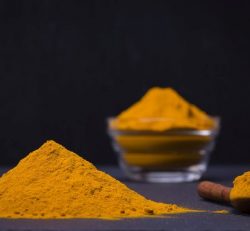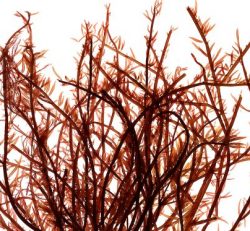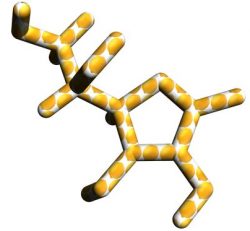CLIMATE CHANGE SHOULD HELP MIDWEST CORN PRODUCTION THROUGH 2050
Climate change and global warming put some forms of life at risk, but researchers found one instance that might not feel the heat – corn.
Contrary to previous analyses, research published by Michigan State University shows that projected changes in temperature and humidity will not lead to greater water use in corn. This means that while changes in temperatures and humidity trend as they have in the past 50 years, crop yields can not only survive – but thrive.
“There is a lot of optimism looking at the future for farmers, especially in the Midwest,” said Bruno Basso, lead author of the study and University Distinguished professor.
Basso and his colleague Joe Ritchie, co-author on the study, calculated how much energy crops receive from the sun and how it is converted to evaporative loss from the crop, known as evapotranspiration.
“Think of the energy balance like a bank account. There are additions and subtractions,” Basso said. “The energy coming from the sun is a known, measured quantity that adds to the bank account. The primary subtraction is liquid water from the crop, and soil using the solar energy to convert the water to vapor.”
The researchers used the energy balance to calculate the evaporative water loss for 2017, which set a world record yield of 542 bushels per acre. They found that the water loss was the same as it was for lower yielding crops because the energy balance was about the same.
The trend for the past 50 years of a slightly more humid environment decreases the energy for the crops’ water use.
“Our analysis, and that of other climate researchers, shows that the amount of water vapor in the air is gradually increasing in the summers because the daily low temperatures are getting gradually warmer, but the daily high temperatures are cooling – or staying the same – in many areas of the Midwest,” Basso said. “This causes more humidity and slightly decreases how much energy is used for evaporation.”
Basso also tested a water balance calculation on the crop models that, similar to the energy balance, has additions from rainfall and irrigation and subtractions from evaporation from the crop.
“A water balance is just like the bank account of an energy for crops,” Basso said. “There must be a balance to make crops ‘happy’ so that all the energy reaching the crop surface is evaporated.”
In the United States, as a result of improved hybrids and agronomic practices, corn production has steadily increased by an average of two bushels per acre every year for the past 40 years.
Basso explained that data from the National Corn Growers Association competition for high yields shows the potential for continued higher yields in the future. His findings support that climate change won’t hinder its production if the trend of the past 50 years continues into the next 50 years.
“The energy for evaporation is changing little, so if the number of days the crop grows and uses water is the same now and, in the future, the evaporation loss will be the same and slightly less,” Basso said. “In fact, the warmer temperatures allow the use of longer season hybrids that will make for even greater yield possibilities.”
Contact(s): Caroline Brooks, Bruno Basso
Source: www.msutoday.msu.edu


